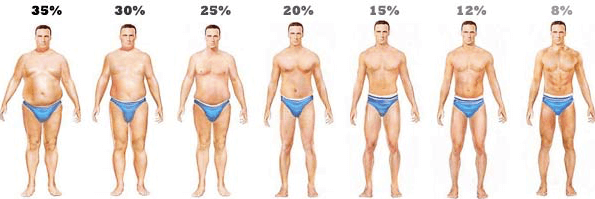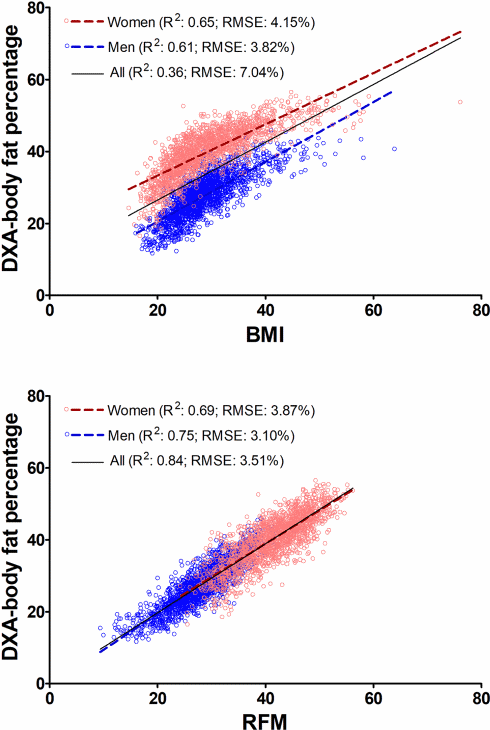Researchers at the Cedars-Sinai Medical Center in Los Angeles published what they believe to be a much easier method of calculating health and fat levels. No more use of the BMI as standard measure!
BMI
The BMI has been a stalwart measurement in society of a persons physical size and general Health, being able to identify if someone is over weight. Unfortunate, strength athlete struggle with this as per the old saying Muscle weighs more that Fat.
A much easier and effective way to calculate and ascertain the levels of how much body fat someone has, is to take what is called DEXA scans. But to the average Joe like you and I this is far to time consuming and delayed.
So the researchers wanted to find a much more effective and simpler way to calculate the fat percentage of athletes and the general public. They used data from over 12 thousand Americans collected in the National Health and Nutrition Examination Survey [NHANES] to generate over 3 Hundred formulas that could estimate how much fat someone has by using measurements such as body weight, height and waist circumference.
The researchers then tested the formulas on a database of over 3 Thousand Americans, and checked which formula gave the most accurate estimate.
And the winner is…
Below you see the most accurate formula: the RFM, which stands for relative fat mass. The result gives an estimate of the fat percentage. Height & waist circumference are expressed in meters, by the way.
Or, if you want it even simpler:
The figures below show that the RFM gives a more precise estimate of body fat percentage than the BMI does.
The researchers looked at men and women, and at people from multiple European, African and Latin American ethnicity. The RFM formula estimated the fat mass equally accurately for all groups.
Conclusion
“We wanted to identify a more reliable and consistent , simple and inexpensive method to assess body fat and mass percentage without using sophisticated equipment”, says lead author Orison Woolcott in a press release. [sciencedaily.com August 27, 2018] “Our results confirmed the accuracy and value of our new formula in a large number of subjects: relative fat mass [RFM] is a better measure of body fatness than many indices currently used in medicine and science, including the BMI.”
“The relative fat mass formula (new name) has now been validated in a large data base”, adds research leader Richard Bergman. “It is a new usable index for measuring body fatness that can be easily accessible and used by health practitioners trying to treat overweight patients who often face serious health consequences like diabetes, high blood pressure and heart disease.”
Source:
Sci Rep. 2018 Jul 20;8(1):10980.






